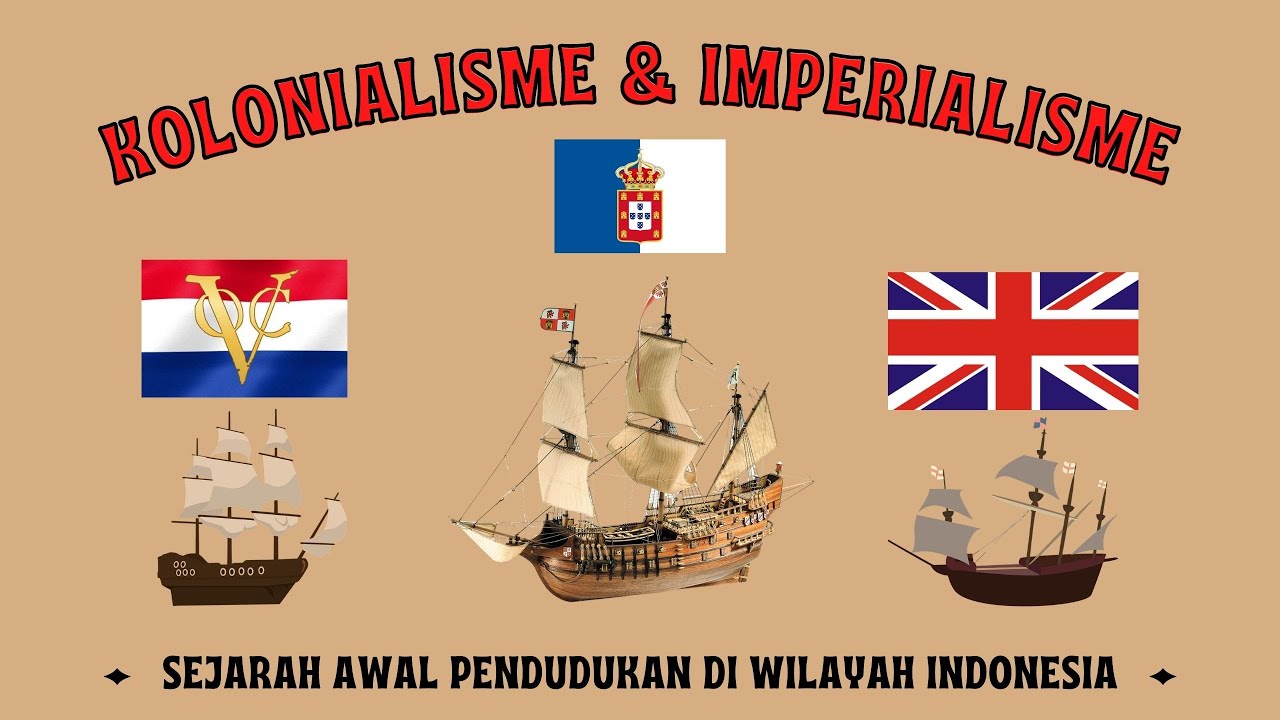Grandes Navegações (resumo) | História
Summary
TLDRThe 15th and 16th centuries were marked by significant maritime explorations, primarily by Portuguese and Spanish navigators. These expeditions aimed at establishing trade routes, spreading Christianity, and acquiring wealth. Key figures like Vasco da Gama and Christopher Columbus changed the course of history with their voyages to the East and the New World. Technological innovations, such as the caravel and navigational instruments like the compass, played a crucial role in these successful ventures. However, these explorations were fraught with dangers, including treacherous seas and disease. The Age of Exploration reshaped the global landscape, sparking a race for territories and resources among European powers.
Takeaways
- 😀 Portuguese and Spanish navigators were pioneers in long-distance maritime exploration during the 15th century, influencing cultures around the world.
- 😀 European navigators brought their culture, language, religion, and customs with them, while also absorbing influences from the peoples they encountered.
- 😀 The Age of Exploration (1453-1789) marked the beginning of widespread global interactions, with both positive and negative outcomes, including cultural exchanges and conflicts.
- 😀 Portugal's maritime success was driven by favorable geographic location, navigational expertise, political centralization, and the involvement of various social groups in the expansion.
- 😀 The Renaissance mentality, driven by curiosity, scientific exploration, and the desire for adventure, motivated many navigators to explore new lands.
- 😀 Key navigational innovations during the Age of Exploration included the Portuguese caravel, improved cartography, the compass, and the astrolabe.
- 😀 The quest for valuable spices, such as cloves, pepper, and cinnamon, was a major driver for European exploration, as these commodities were used for food preservation, medicine, and perfumes.
- 😀 Navigating the treacherous Cape of Good Hope and overcoming the challenges of the Atlantic and Indian Oceans were significant milestones for Portuguese explorers.
- 😀 In 1498, Vasco da Gama's fleet reached India, marking a successful establishment of direct trade routes, breaking the monopoly of Italian merchants over Eastern trade.
- 😀 The Treaty of Tordesillas (1494) divided newly discovered territories between Spain and Portugal, with later European powers, such as France, England, and the Netherlands, challenging this division.
Q & A
What were the main motivations behind the Portuguese maritime expansion in the 15th century?
-The main motivations behind the Portuguese maritime expansion were economic (such as acquiring riches through trade in spices and other goods), religious (spreading Catholicism), scientific curiosity, and the desire for adventure and new knowledge.
How did the Portuguese navigate long distances across the ocean during their maritime explorations?
-The Portuguese used various innovations such as the caravel, a ship designed for ocean travel, and navigational tools like the compass and astrolabe, which helped them orient themselves and find new trade routes.
What was the role of the Catholic Church in Portugal's maritime expansion?
-The Catholic Church played an active role in organizing, financing, and supporting the maritime expeditions, with the aim of spreading Christianity to new territories and converting indigenous populations.
What were some of the challenges faced by sailors during these long maritime voyages?
-Sailors faced numerous challenges such as harsh weather conditions, the threat of shipwrecks, scurvy due to lack of fresh food, poor hygiene, and the presence of vermin on board, including rats and cockroaches.
What was the significance of Vasco da Gama's journey to Calicut in 1498?
-Vasco da Gama's journey to Calicut marked the establishment of a sea route to India around Africa, which broke the monopoly of Italian merchants and opened up direct trade between Europe and the East.
What was the Treaty of Tordesillas and how did it affect global exploration?
-The Treaty of Tordesillas, signed in 1494, divided the newly discovered lands between Spain and Portugal. It drew a line in the Atlantic Ocean, with lands to the west belonging to Spain and those to the east to Portugal, affecting future exploration and colonization.
How did Spain’s exploration differ from Portugal’s in the 15th century?
-Spain, led by Christopher Columbus, focused on finding a western route to India, while Portugal concentrated on navigating around Africa to reach Asia. Both countries aimed to gain access to lucrative spice markets.
What was the impact of the Portuguese discovery of Brazil in 1500?
-The discovery of Brazil in 1500 by Pedro Álvares Cabral marked the beginning of Portuguese colonization in South America. Brazil’s name derived from the valuable brazilwood, and over time, it became a crucial Portuguese colony.
How did the Chinese and Arab navigations influence global trade during this period?
-Chinese and Arab navigators controlled important trade routes in the Indian Ocean, competing with Portuguese efforts to establish dominance. The Chinese, particularly under Zheng He, conducted expansive maritime expeditions, while Arabs controlled key commercial routes to the East.
Why did European countries like France, England, and the Netherlands challenge the Spanish and Portuguese in maritime exploration?
-These countries sought to bypass the Spanish and Portuguese control over trade routes by finding new passages to the East. Although they faced challenges such as harsh climates and long distances, they eventually focused on exploring North America and trading with Africa.
Outlines

Esta sección está disponible solo para usuarios con suscripción. Por favor, mejora tu plan para acceder a esta parte.
Mejorar ahoraMindmap

Esta sección está disponible solo para usuarios con suscripción. Por favor, mejora tu plan para acceder a esta parte.
Mejorar ahoraKeywords

Esta sección está disponible solo para usuarios con suscripción. Por favor, mejora tu plan para acceder a esta parte.
Mejorar ahoraHighlights

Esta sección está disponible solo para usuarios con suscripción. Por favor, mejora tu plan para acceder a esta parte.
Mejorar ahoraTranscripts

Esta sección está disponible solo para usuarios con suscripción. Por favor, mejora tu plan para acceder a esta parte.
Mejorar ahoraVer Más Videos Relacionados
5.0 / 5 (0 votes)






